Welcome to Blue Book!
Are you ready to join the thousands of companies who rely on Blue Book to drive smarter decisions? View our plans and get started today!
Still have questions? We’d love to show you what Blue Book can do for you. Drop us a line– we’ve been waiting for you.

Photo courtesy of Ciruli Brothers, LLC.
In this article

Remember when mangos were considered a rare specialty item? A precious jewel Americans consumed largely while on vacation in exotic locales? Not anymore. Things have changed in the last 25 years.
These days, mangos are enjoying their turn in the spotlight. And they’re everywhere: on restaurant menus, in corner stores, featured in displays at national retailers and mom-and-pop stores around the country.
There’s mango gelato or ice cream, mango salsa (sweet, savory, or spicy), mango popsicles and paletas, mango mousse, and more. When it comes to all things mango, the options are vast and varied.
“The mango used to be unique, very special, but it’s become a staple item,” confirms Albert Pérez, CEO of West Palm Beach, FL-based Continental Fresh, LLC BB #:205099, one of the top 10 mango importers in the United States.
“It’s showing up more in people’s weekly shopping carts,” he adds. “People are more familiar with them and buying them consistently.”
According to Cindy Schwing, vice president of marketing at Nogales, AZ-based Splendid by Porvenir, LLC BB #:310797, demand for mangos is growing every year, especially as consumers gain more knowledge and retailers promote them at the store level.
“Sales will continue to do nothing more than expand and explode,” she enthuses. “What a great thing to watch as mangos flourish and become more accepted in the American diet.”
If imports are any indication, mangos are definitely riding a wave of popularity that hasn’t yet crested.
According to the U.S. Department of Agriculture (USDA) Economic Research Service, more $1 billion in fresh, dried, and frozen mangos were imported in 2024, making the United States one of the world’s top importers.
Other important mango-importing and -consuming markets include the European Union, China, Russia, Canada, Japan, and South Korea.
“Sales will continue to do nothing more than expand and explode. What a great thing to watch as mangos flourish and become more accepted in the American diet.”
Obscurity to Awareness
Why it took so long for the U.S. market to embrace mangos is anybody’s guess. It’s not as if the fruit has been languishing in obscurity, favored by an elite few in far-flung lands.
Quite the opposite. The mango is, in fact, among the top five most cultivated fruits in the world. And it has been around a long, long time.

Native to the rainforests of Southern Asia, domesticated in India about 5,000 years ago, and brought to the Americas by Spanish explorers in the 17th century, mangos are consumed abundantly in Asia, Africa, and Latin America.
More than 75 percent of the mangos worldwide are grown in Asian countries. India, for example, is the biggest producer, accounting for 54 percent of global mango production.
But, as Malu Crespo, president of RCF Distributors, LLC BB #:299986 in Rio Rico, AZ, points out, India’s huge population means much of what’s grown there, is consumed there.
Chris Ciruli, chief operations officer of Rio Rico, AZ-based Ciruli Brothers, LLC BB #:155976, agrees.
“Mangos originated in India, and there are many countries across Asia that are among the biggest suppliers and consumers of mangos in the world—some people say it’s the world’s most popular fruit.”
Production and Supply
In addition to India, countries such as China, the Philippines, Thailand, Indonesia, Dubai, Japan, and Pakistan, are key producers, exporters, and consumers of the fruit.
What these countries, along with India, all have in common are tropical areas in which mango trees flourish. But while Asia may dominate in mango production, it’s not the only game in town.
Over the past several decades, Latin America has become a power player in mango growing operations and exports, with commercial mango orchards found in virtually every country from Mexico to Chile.
It should come as no surprise that the majority of fresh mangos imported to the United States originate in Latin America, and most of those come from Mexico.
More than 80 percent of Mexico’s yearly mango shipments are destined for the U.S. market, accounting for nearly 65 percent of supply.
In 2025, industry experts are projecting output of 98 million boxes from Mexico alone, up 10 percent year-over-year.
According to the USDA, other top mango suppliers include Peru, Ecuador, Brazil, Guatemala, and Nicaragua. Smaller amounts also come from the Dominican Republic and Colombia.
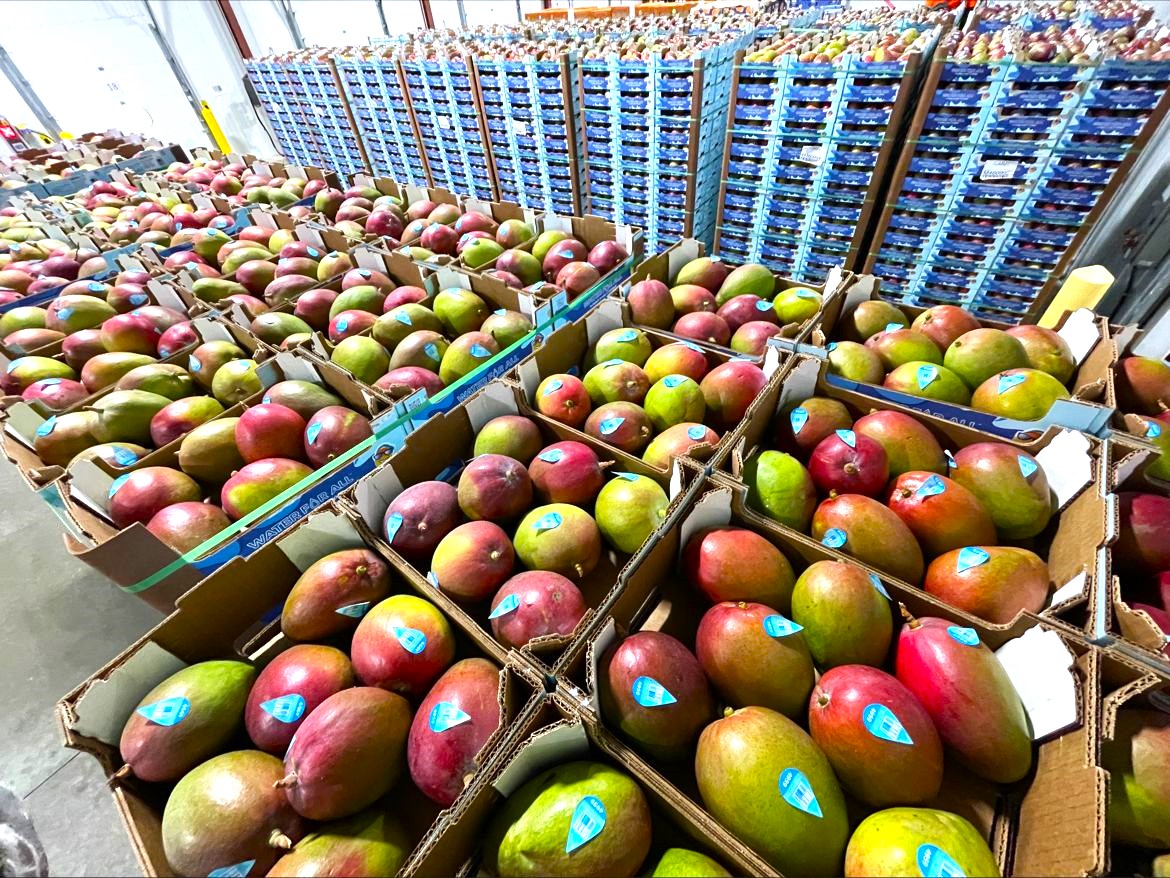
Exports and Imports
Climate clearly plays a key role when it comes to sourcing mangos for the U.S. market, as they grows best in tropical and subtropical areas. However, proximity is equally important.
When growers and exporters are geographically closer like Mexico or Peru, the cost in terms of money and time to market tends to be notably less.
“Anyone who can set up a hot water treatment protocol and is close enough to send a shipment by container is in a better position,” comments Pérez. “If we get mangos from India, they have to be irradiated and shipped by air. Then they’re sold as a specialty item.”
But not all mangos are imported. Indeed, mangos are grown commercially in Florida, California, and Hawaii (the latter can’t be exported due to fruit flies and weevils).
Mangos are also grown in Puerto Rico. But without a doubt, Florida is the biggest grower stateside, with a season that runs from May to September.
So Many Choices
There are more than 500 varieties of mango, most of which aren’t available to American consumers. Canada, however, has different phytosanitary requirements, so there are more imports and varieties available.
Canadian shoppers can buy Kesar, Chaunsa, Osteen Payari, Valencia Pride, Iangara, Biaganpalli, and Alphonso, as well as the crowd-pleasing bestsellers like U.S. consumers enjoy such as Tommy Atkins, Ataulfo (sometimes called Honey), and Francis.
“Mangos are more popular in the United States because it’s a bigger market, but we sell a fair amount to Canada,” notes Crespo, whose company has growing operations in Mexico. “The protocols are easier so it’s easier to export to that market.”
Tommy Atkins and Ataulfo dominate sales in the U.S. market, followed by Kent, Haden, and Keitt.
While growing seasons may overlap and retail displays are shared, importers say there’s no competition between varieties because each has its own unique flavor and characteristics.
“I don’t necessarily think the varieties compete against each other; they all have nuances that set them apart: shape, color, taste, and texture.”
“I don’t necessarily think the varieties compete against each other,” observes Ciruli. “They all have nuances that set them apart: shape, color, taste, and texture. Consumers ultimately decide what works for them.”
Schwing sees it differently, believing every item in the produce department, including mangos, competes for display and consumer appetite.
“Consumers will buy the type of mangos they like best, so yes, different varieties do compete with each other,” she explains, but that’s not all bad, as store buyers are paying attention.
“There’s a retail trend now to carry both types (rounds and Ataulfos), as well as several sizes of each.”
Despite the tried-and-true mango varieties found nearly everywhere, there are new ones popping up that may eventually find their way to dining tables around the country.
“There are a few new varietals being marketed domestically, such as the Nam Doc Mai and others,” notes Ciruli. “However, these are niche varieties that neither have the volume nor the widespread availability across the year to really be scaled up at retail.
“I expect, however, that as irradiation increases, we’ll continue seeing small pockets of more varieties from other countries become available in the marketplace.”
Schwing notes that Kents and Keitts are Splendid by Provenir’s top-selling varieties, but she believes Ataulfo demand will continue to rise in the future.
“We do see Ataulfos gaining in popularity with consumers, so I think the sky’s the limit for becoming one of America’s favorite varieties.”
The Challenge of Tariffs
The introduction of import tariffs by the Trump administration has been less than popular. Nearly every mango-producing country that imports to the United States has been affected.
Mexico has been spared for now, thanks to the United States-Mexico-Canada Agreement. But for countries like Guatemala, Brazil, Ecuador, Peru, and Nicaragua, the impact—if the tariffs are kept in place—will be negative.
“Unfortunately, we just have to deal with it,” Pérez says. “It’s not like we’re going to start a mango farm in Kansas. It’s definitely going to affect the pricing of mangos.”
Crespo agrees, noting, “Consumers will ultimately pay if there are tariffs.”
“We’re all hoping tariffs will not go into effect,” Schwing says, echoing other importers. “So we don’t anticipate that affecting the flow of volume in the future.”
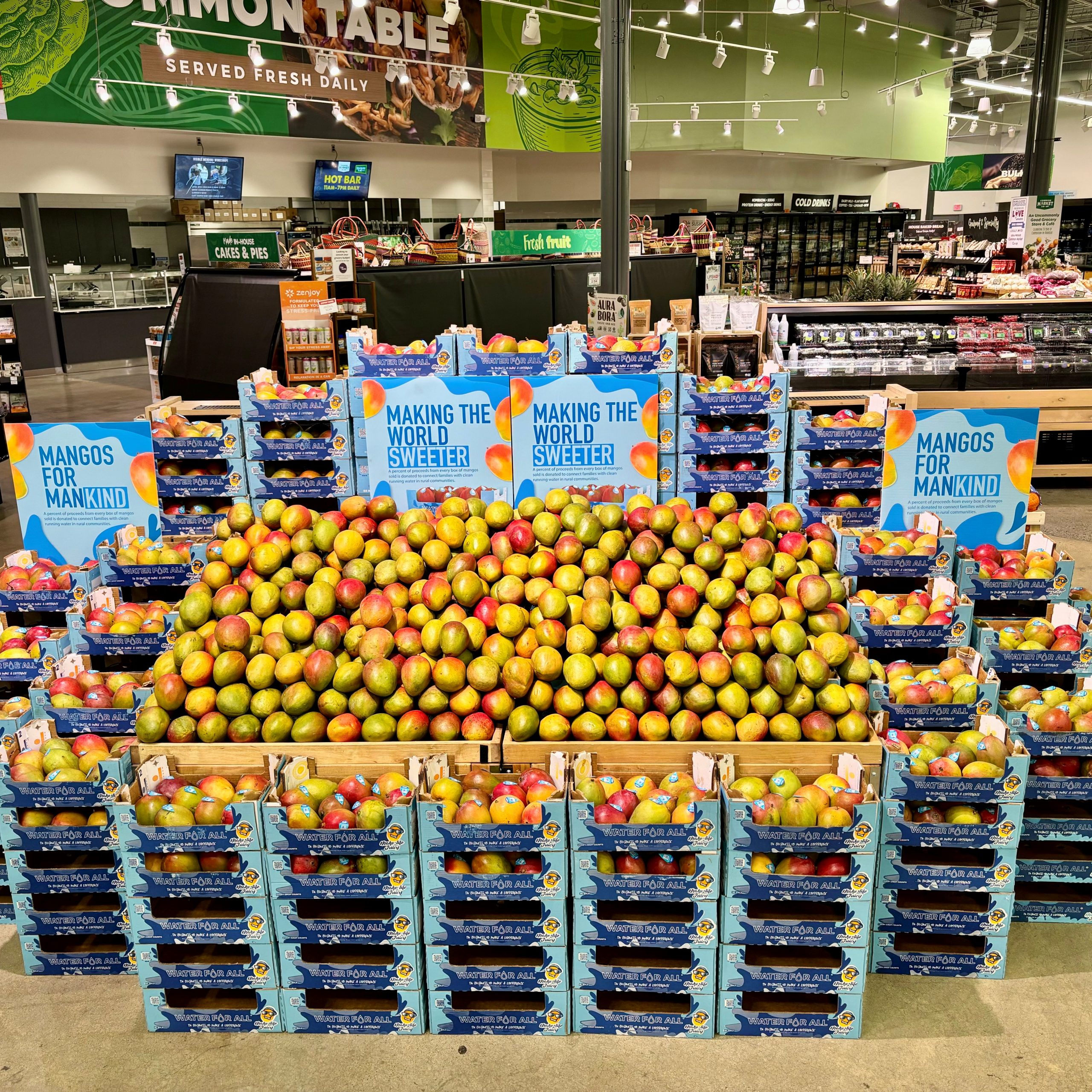
A Sweet Future
Importers and growers see nothing but sweet times ahead for mango popularity. With volume continuing to grow every year, Pérez says demand is going up too.
Marketing and promotional campaigns by the National Mango Board and retailers have provided a big boost, but he’s quick to point out that restaurants have also played a critical role in elevating awareness.
“The mango is following a similar growth pattern as the avocado,” he says. “It can be used in savory and sweet dishes, in drinks, and more. It’s flavor profile has become extremely popular for chefs to work with—eating a mango is like being on vacation.”
Crespo predicts continued growth in demand as consumers learn about and are exposed more to the fruit through retail displays and promotional campaigns.
“When I’m in Mexico talking with our growers, I tell them that we need to send great quality mangos because if someone eats a mango for the first time and it’s not ripe, they may not eat it again,” she explains.
“But if you give someone a sweet, ripe mango, I have no doubt they will buy it again.”



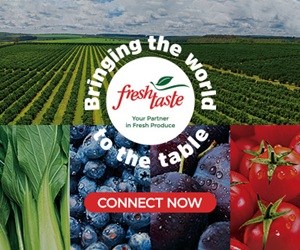

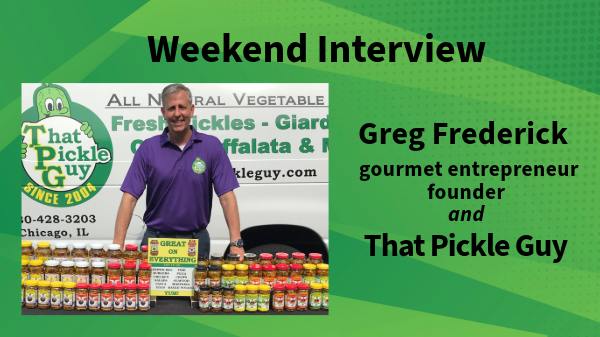

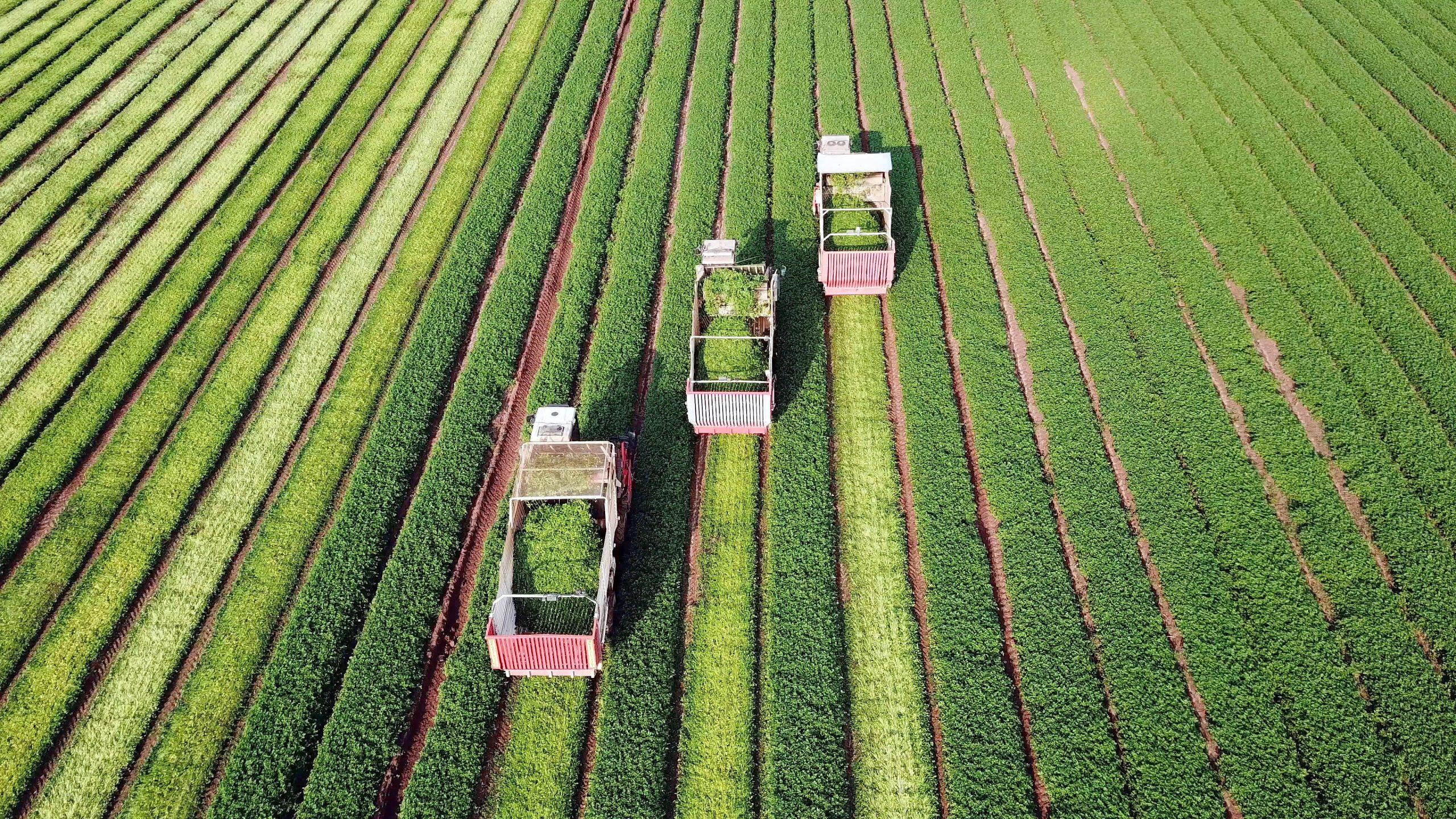
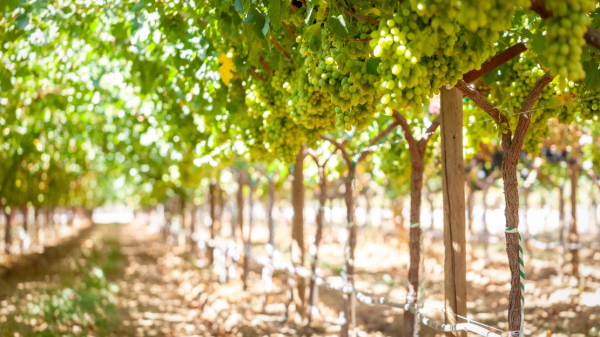
![CEO’s Perspective: A Primer on Tariffs [updated]](https://www.bluebookservices.com/wp-content/uploads/2025/04/CEO.png)
